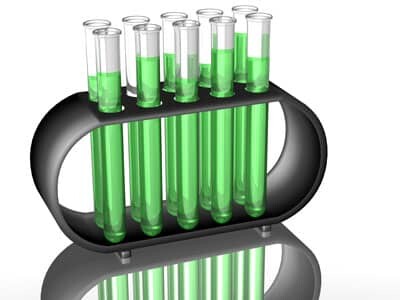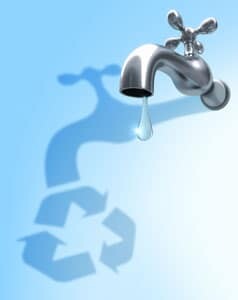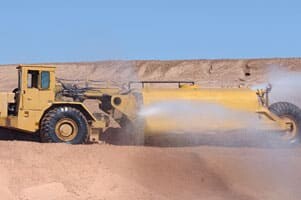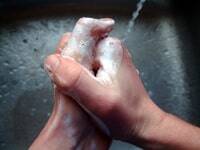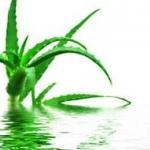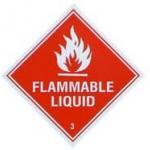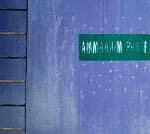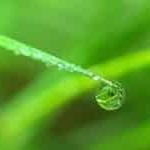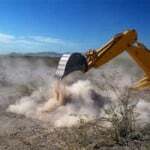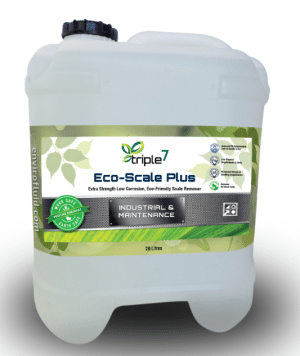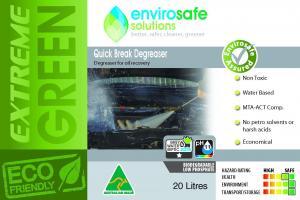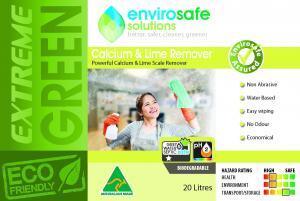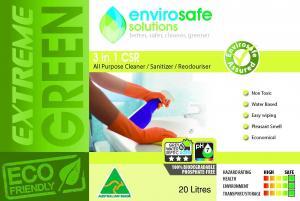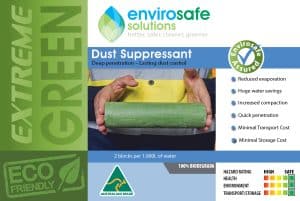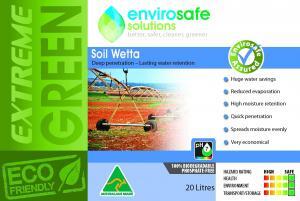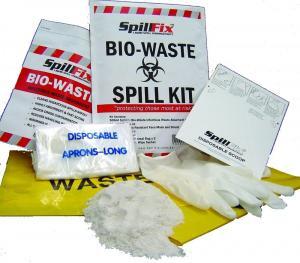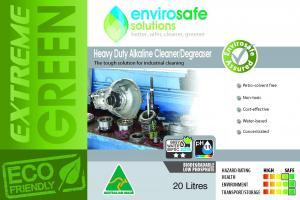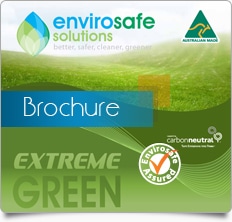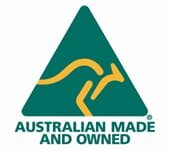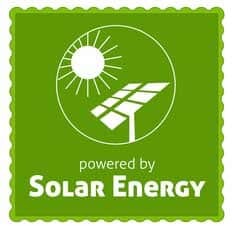 A commercial kitchen is a bustling and bombastic environment, fuelled by hard work, creativity and the delivery of food products that are tasty, well prepared, and clean and visually appealing. And the kitchen site where food is cooked needs to be fresh, clean and free from grease and caked on gunk that can compromise health and safety for clients, management and for staff.
A commercial kitchen is a bustling and bombastic environment, fuelled by hard work, creativity and the delivery of food products that are tasty, well prepared, and clean and visually appealing. And the kitchen site where food is cooked needs to be fresh, clean and free from grease and caked on gunk that can compromise health and safety for clients, management and for staff.
We’ve probably all seen a large scale industrial kitchen at some point. Perhaps we’ve worked in one or perhaps we’ve seen its machinations on television. It’s a large-scale orchestrated production with big pots and big pans and big stoves and big ovens. Everything is downright BIG. Imagine an army barracks, or a naval ship. Imagine a functioning mid-shift hotel kitchen or a nursing home or a hospital concern where meals are prepared by the hundreds and even the thousands. You get the idea. Everything – including mess – is go go go.
Raw ingredients and raw produce are in bulk, and the ingredients are prepped and heated on massive griddles and stovetops. And by the end of the shift – with all that slip and slop and slap – the kitchen gunk is well and truly grimed in.
Ordinary cleaning products will not do the job. You need an outstanding kitchen degreaser that can work wonders in minutes and do it in a way that is economically viable and also environmentally safe and sound. In today’s hospitality and services industry, this is what is expected. In today’s workplace climate, this is what is required.
Envirosafe Solutions Extreme Green Kitchen Degreaser contains no petro solvents or harsh acids. It easily dissolves kitchen grease, caked and burnt foodstuffs and encrusted carbon deposits on griddles, stovetops and spiders. Your work areas will sparkle and shine like new, and will be ready and rearing to go for the next shift. It can also be used on exhaust fans and extraction filters and because it does not contain caustics, you know you can switch on fans and filters without the usual first switch odour that is both unfavourable and potentially hazardous to your workforce.
With an Envirosafe Green rating for health, environment and transporting, you know you are using a product that achieves results and also respects the delicate balance of the planet and the immediate environment.
Just place griddles and spiders into soak tanks and dilute Extreme Green Kitchen degreaser in accordance with directions and soak tank size. Forget hours and hours of elbow grease and endless scouring. Envirosafe Extreme Green Kitchen Degreaser can do the job for you while respecting and sustaining our delicate and much loved environment.
Telephone Envirosafe Solutions now 1300 88 90 70









